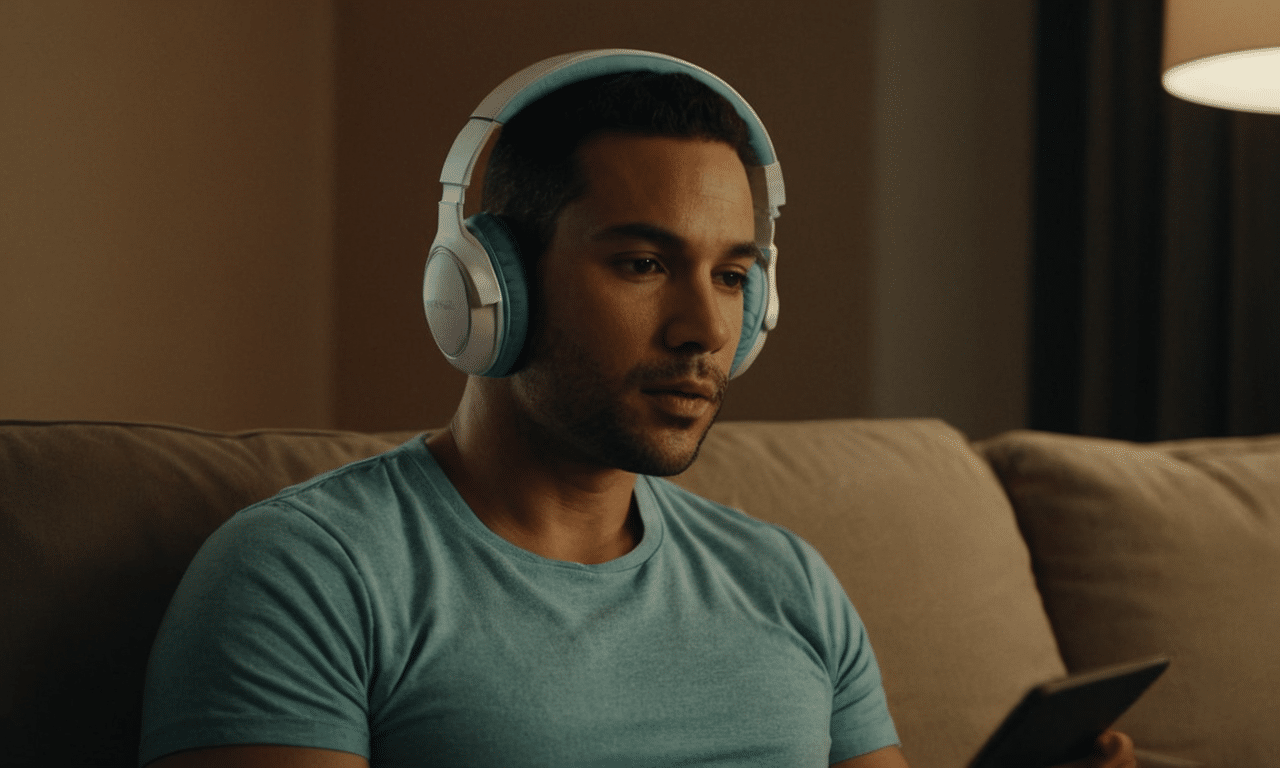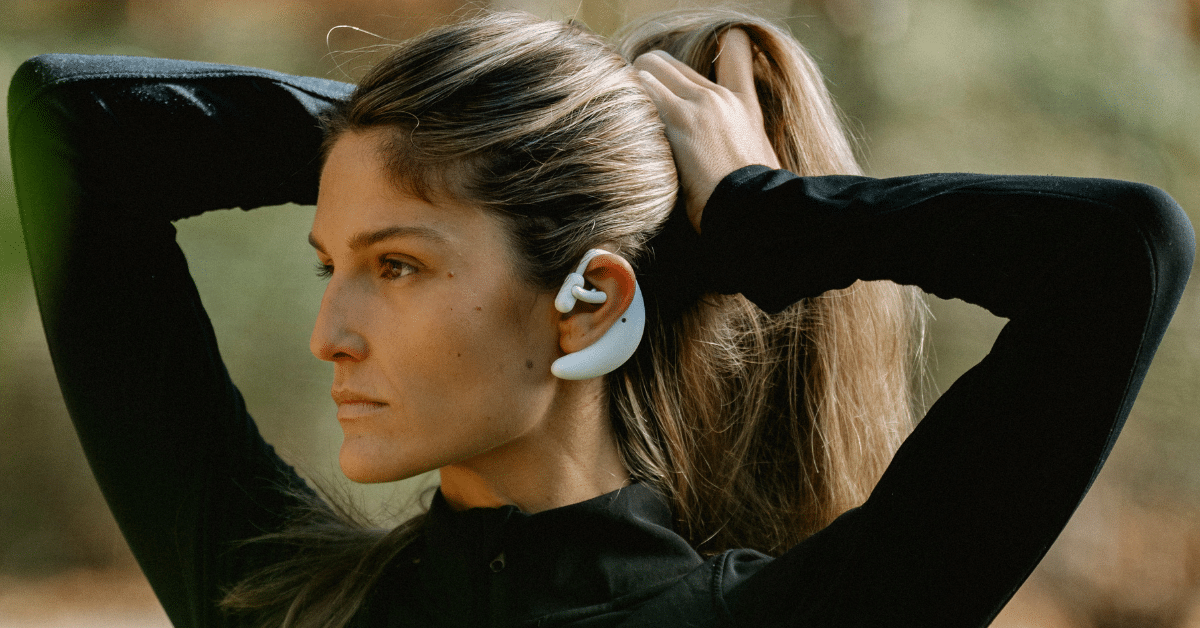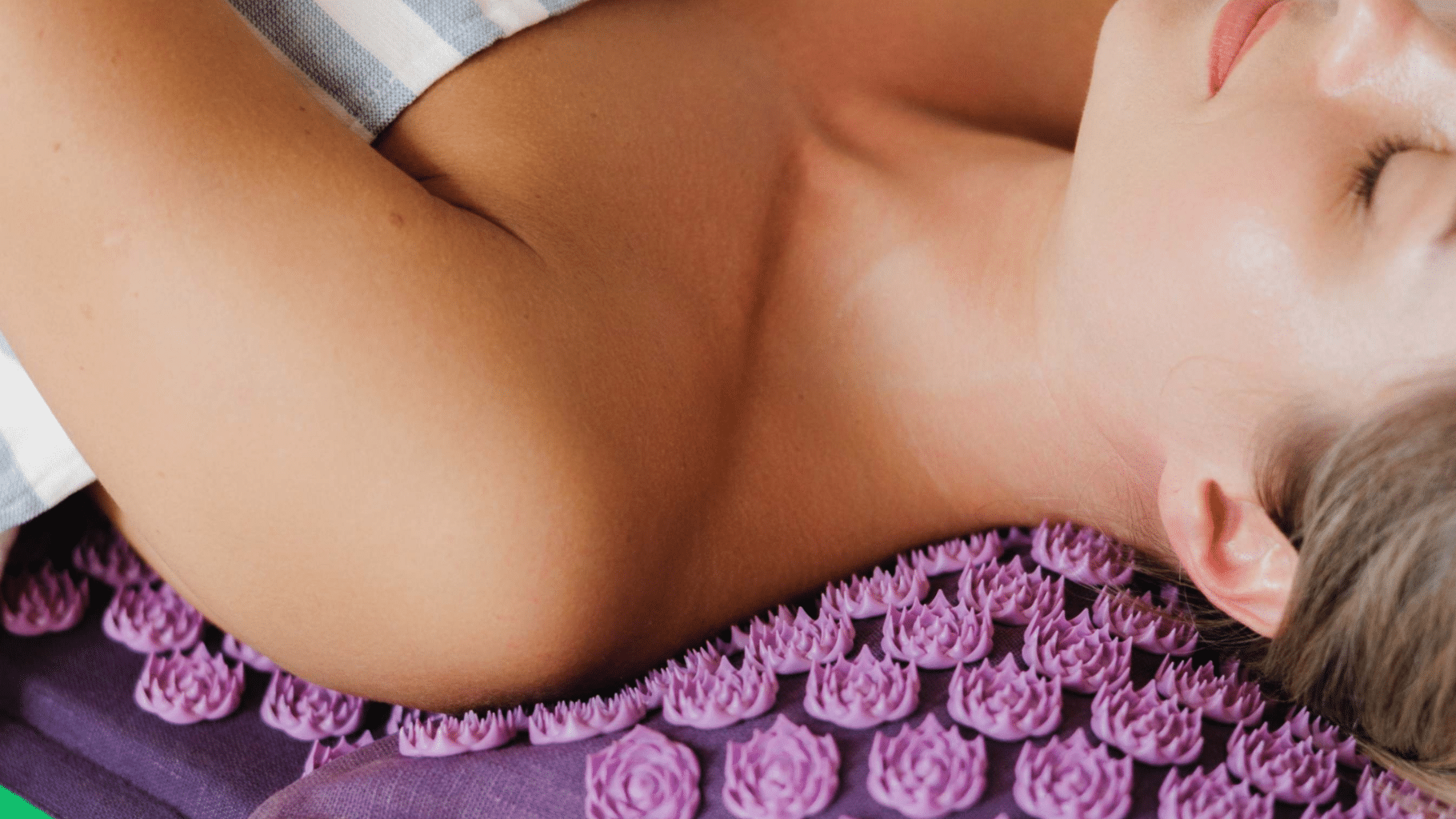As people seek alternative therapy options that fit their busy lifestyles, biofeedback therapy is gaining attention for its potential to promote relaxation and self-awareness from the comfort of one’s own home. But what exactly is biofeedback therapy, and how can it be effectively implemented at home?
Can biofeedback therapy be effective at home?
Biofeedback therapy can be highly effective when conducted from home, providing a convenient and comfortable environment to focus on your physical and emotional well-being. With guided sessions and specialized equipment, you can learn to control your body’s responses and make lasting changes.
Top At-Home Biofeedback Therapy Benefits
- Promotes stress reduction and relaxation techniques.
- Provides real-time feedback on physiological responses.
- Enhances self-awareness of body signals.
- Simplifies biofeedback therapy for beginners.
- Fosters healthy habits and wellness practices.
- Conveniently conducted from the comfort of home.
- Economical alternative to in-clinic sessions.

What Is Biofeedback Therapy
Biofeedback therapy is a method that helps individuals gain control over certain physiological processes. These processes include heart rate, muscle tension, and even skin temperature. By utilizing sensors and various equipment, individuals receive real-time feedback on their bodies’ functions. This feedback allows them to make conscious adjustments to improve their health.
One of the significant benefits of biofeedback therapy is stress reduction. By understanding how your body responds to stress, you can develop strategies to manage it better. It’s like having a personal coach who occasionally beeps at you. Plus, biofeedback therapy is a drug-free approach, which adds to its appeal.
Health issues such as tension headaches, chronic pain, and high blood pressure can also see improvement through biofeedback therapy. With its versatility, this method addresses both mental and physical health issues. Patients often find relief in a non-invasive manner, making it a suitable option for many.
At-Home Biofeedback Therapy Options
Biofeedback therapy at home provides a convenient way to integrate wellness practices into your daily routine. With advancements in technology, you don’t need to visit a clinic to benefit from this therapy. Many tech gadgets are now available that make it possible to conduct biofeedback therapy from the comfort of your home.
Options include wearable devices, such as heart rate monitors and muscle sensors, and even smartphone apps that track your physiological data. These tools provide real-time insights, allowing you to monitor and adjust your body’s functions throughout the day. It’s like having a mini-lab, minus the lab coat.
Another popular option is guided biofeedback sessions that you can access online. These sessions often come with detailed instructions and support from professionals, ensuring that you’re using the equipment correctly. They also offer a structured approach, which can be helpful for beginners in biofeedback at home.
Equipment Needed for At-Home Biofeedback
To start biofeedback therapy at home, you’ll need some basic equipment. The most essential tool is a biofeedback device, designed to measure specific physiological parameters. These devices can vary in complexity, but most are user-friendly and come with detailed instructions.
Heart rate monitors and muscle tension sensors are popular choices for those new to biofeedback at home. These devices are non-invasive and provide immediate feedback, allowing you to make quick adjustments. You might even grow fond of the occasional beep or vibration as it reminds you to relax.
Additionally, a computer or smartphone with the appropriate software or apps is often necessary. These programs help you track and interpret the data collected by your biofeedback devices. For more detailed information about essential equipment, check out the best biofeedback devices.
Getting Started with At-Home Biofeedback Therapy
Getting started with at-home biofeedback therapy is simpler than it sounds. The first step is to choose a biofeedback device that fits your needs. With many options on the market, it’s essential to select one that monitors the physiological aspect you aim to improve.
Once you have your gear, the next step is to familiarize yourself with the device and its software. Most companies offer tutorial videos and customer support to help you get the hang of it. Remember, even high-tech gadgets come with a user manual for a reason, so don’t be shy about reading it.
When you’re ready, set aside a quiet space free of distractions and start your sessions. Consistency is key. Make biofeedback therapy a regular part of your routine to see the best results. For more tips on starting out, visit our biofeedback therapy page for additional insights.
| Feature | Description | Importance |
|---|---|---|
| Biofeedback Devices | Various devices that measure physiological processes, such as heart rate and muscle tension. | High |
| Guided Sessions | Online sessions with professionals to help you understand your biofeedback data. | Medium |
| Software and Apps | Tools that track and interpret your biofeedback data, helping you make adjustments. | High |
| Consistency | The key to seeing positive results from at-home biofeedback therapy is regular use. | High |
| User Support | Customer support and tutorials available to help you get started with your biofeedback device. | Medium |
Personal Thoughts
I’ve come to realize that managing stress is not just about finding ways to cope with it, but also about understanding my body’s natural response to stress. Through at-home biofeedback therapy, I’ve gained a deeper appreciation for the intricate connection between my thoughts, emotions, and physical sensations.
By being more attuned to these signals, I’ve been able to make conscious choices that promote relaxation and reduce tension. It’s a subtle yet profound shift in perspective that has allowed me to approach stress management with greater confidence and compassion – for myself and others who may be struggling similarly.
Frequently Asked Questions
Can I really do biofeedback therapy from my own home?
Biofeedback therapy can be done from the comfort of your own home with the help of specialized equipment and software. Many at-home biofeedback therapy programs offer guided exercises and meditation techniques to help you monitor and control your body’s physiological responses, such as heart rate and skin temperature.
How do I know if at-home biofeedback therapy is right for me?
If you’re looking for a flexible and convenient way to manage stress, anxiety, or other health concerns, at-home biofeedback therapy may be an excellent choice. Before starting any new therapy program, consult with your healthcare provider to determine if biofeedback therapy is suitable for your specific needs and goals.
Can I use my existing computer and internet connection for at-home biofeedback therapy?
Yes, you can typically use your own computer and internet connection for at-home biofeedback therapy. Most programs are designed to be accessed online, and many devices are compatible with common software platforms. Be sure to check the specific requirements of the program you’re interested in to ensure compatibility.
What are some potential benefits I might experience from doing biofeedback therapy at home?
At-home biofeedback therapy can help you develop greater self-awareness, improve your emotional regulation, and enhance your overall well-being. By practicing relaxation techniques and mindfulness exercises in the comfort of your own home, you may also experience reduced stress levels, improved sleep quality, and increased confidence.




